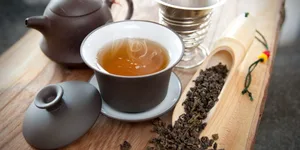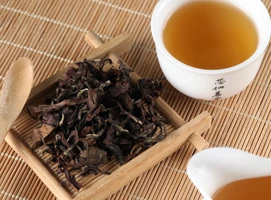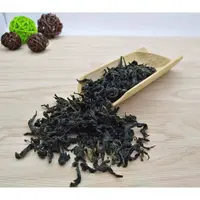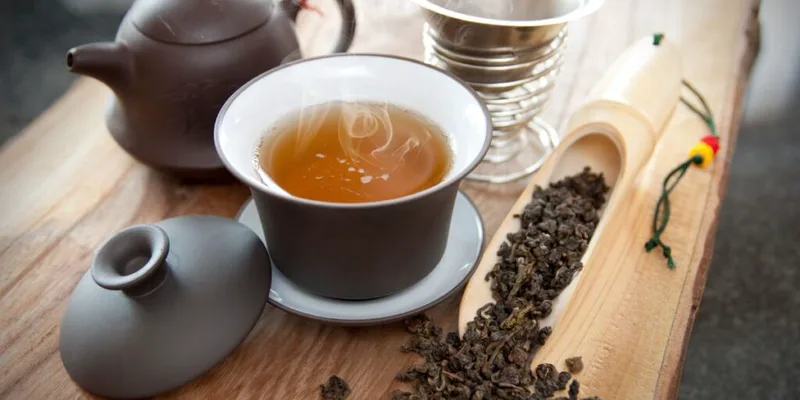

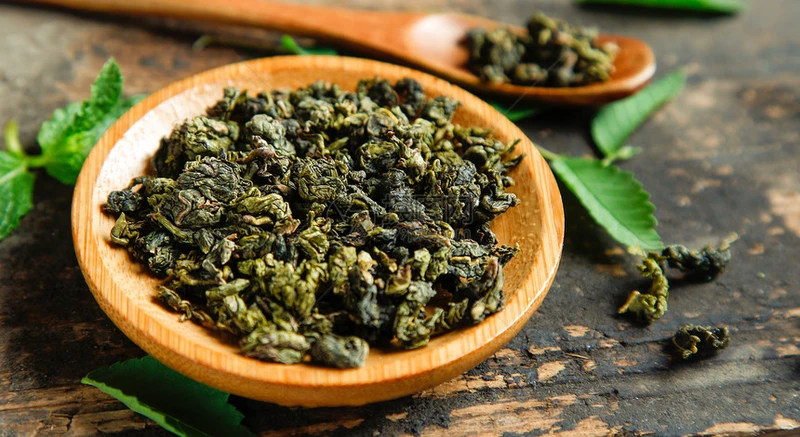
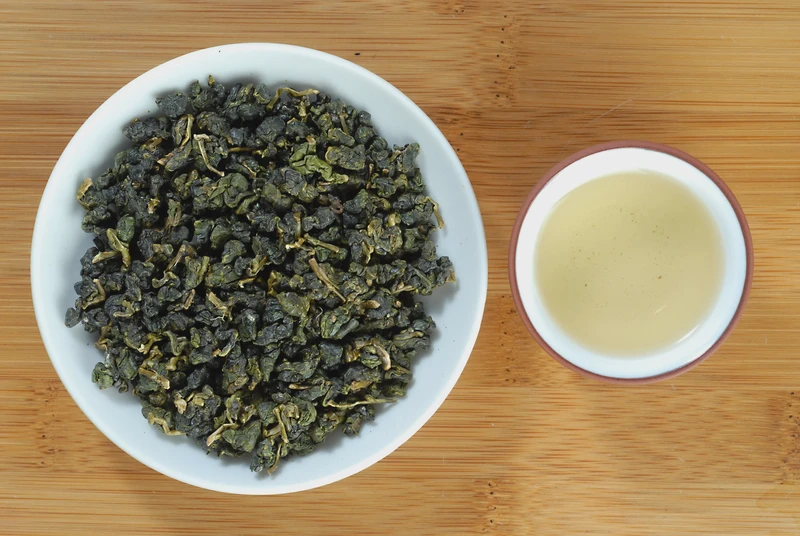
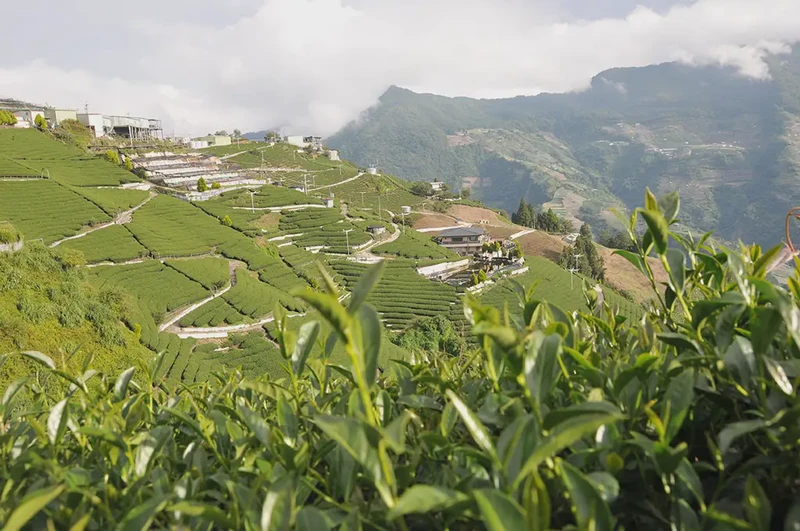
Gao Shan Wu Long (High Mountain Oolong)
Origin
Taiwan
Category
Oolong Tea
Harvest Time
Spring & Winter
Processing
Partial Fermentation & Roasting
Description
Gao Shan Wu Long, meaning 'High Mountain Oolong,' refers to premium oolong teas grown at elevations above 1,000 meters in Taiwan. Known for their delicate, floral aromas, smooth, mellow flavors, and clean, refreshing finishes.
